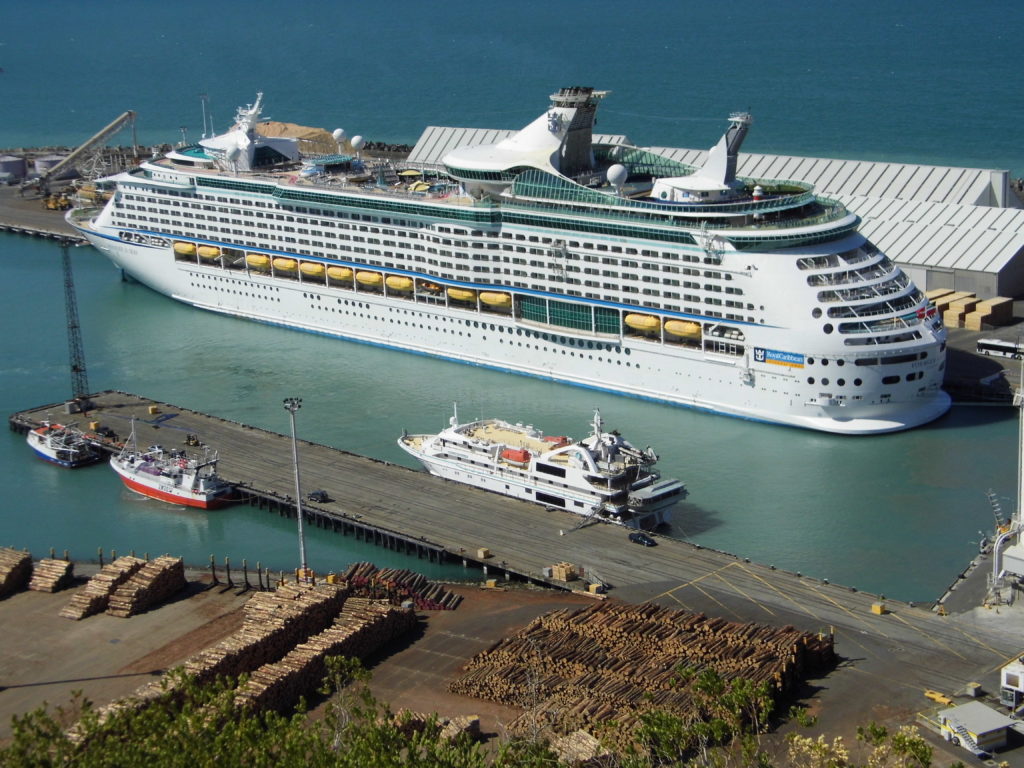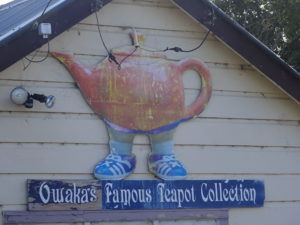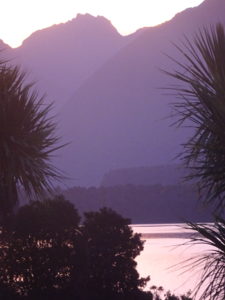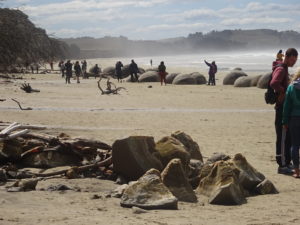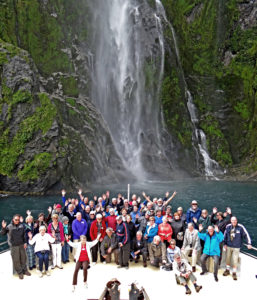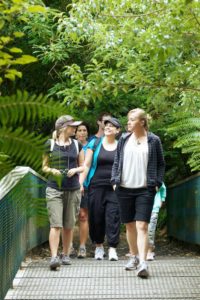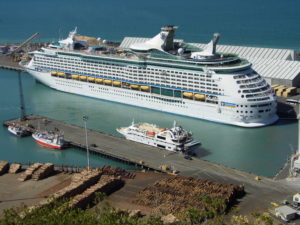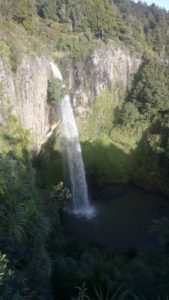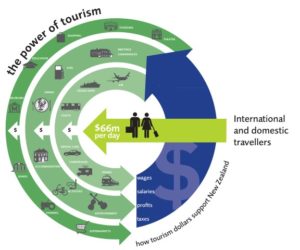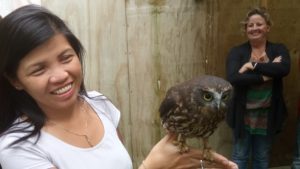Posts Tagged ‘sustainable tourism’
NZx: November 26th Sustainable tourism
Naumai
It was heartening, if with a strong sense of deja vu, to see the tourism industry (re) start a process to ensure economic, environmental, host community, and visitor satisfaction and engagement, drive the future of sustainable tourism in New Zealand.
We have of course been here before with initiatives such as Green Globe and Environmental Plans. These initiatives, while driven locally, had a global context and more importantly measured success towards publicly stated goals. Poor decision making and lack of integration resulted in a lost opportunity for the industry and the weakly positioned environmental initiative in the form of the original Qualmark.
You can read more about this current sustainable tourism initiative here: http://sustainabletourism.nz/assets/Uploads/FINAL-TIA-SUSTAINABILITY-BOOK-17.0-web-spreads.pdf
 In a sense there’s nothing really new here. The approach is the industry’s response to rapid growth, increasing public concerns about international visitor numbers, effects of tourism on local communities and the environment and ensuring tourism businesses are economically successful. All sensible and admirable goals – if not a little overdue.
In a sense there’s nothing really new here. The approach is the industry’s response to rapid growth, increasing public concerns about international visitor numbers, effects of tourism on local communities and the environment and ensuring tourism businesses are economically successful. All sensible and admirable goals – if not a little overdue.
Over the years such initiatives have been met with initial support, particularly amongst the larger tourism entities – check out the current list of supporters here. Many other entities will undoubtedly sign up, driven by a mixture of opportunity, marketing push/pull, desire to stay ahead of the pack and some through genuine commitment.
As Fonterra has found their nearly tw0 year old public relations campaign has meet with mixed reaction. Some see through it as typical pr speak , while others believe it has a role to play in ensuring the dairy industries future in an increasingly skeptical New Zealand.
While not suggesting the campaign is no more than tourism’s version of pr speak it will take more than this initiative to make a difference. More needs to be done with both Central Government and Local Government to ensure all parties commitments are in alignment.
Of course it is local communities that drive a lot of input into both forms of Government. We have previously commented on tourism social license to operate in previous blogs.
The 14 commitments are big on the right words but light on measuring and reporting on success, other than financial.
Hopefully this tourism initiative will be both sustainable, wide reaching and effective!
Ka kite ano
NZx – May 30th: alternative facts
Naumai
The recent public debate (which is full of alternative facts) about Auckland’s proposed bed tax highlights the gaps between local and central government funding, and the lack of understanding as to how tourism adds benefits and costs to all aspects of the New Zealand economy.
Many people have a view on the tax but only a few reflect the facts. Tourism Industry Aotearoa, Chief Executive Chris Roberts says the commercial accommodation sector receives just 9% of the total visitor spend in Auckland source (Ministry of Business Innovation and Employment).
“The original targeted rate proposal was for 330 commercial property owners to pay the full cost of Council tourism and event promotion. The cost of that promotion is currently shared by every ratepayer in Auckland, residential and commercial.
“It is still not the fair share that Mayor Goff repeatedly talks about. The small targeted group receives around 7-8% of the total visitor spend in Auckland, and yet is being asked to pay 50% of promotion and event support.”
We note that in 2014 international and domestic visitors spent $ 66 million per day in New Zealand communities. Thats a fact.
Shamubeel Eaqub also believes the plan offers no clear alignment between costs and benefit. You can read his original article here http://www.stuff.co.nz/business/opinion-analysis/93272191/shamubeel-eaqub-bed-tax-reveals-local-government-flaws
With 2017 being an election year , one assumes there will soon be a large amount of alternative facts in circulation. Tourism will need to make sure it’s voice is united, clear and more importantly heard.
NZx February 22: A true kiwi experience
Naumai
Looking for a true example of a sustainable kiwi experience? Wingspan (the National Bird of Prey Centre), nestled in the picturesque Paradise Valley just north of Rotorua, is a great example.
Established in Rotorua in early 2000 the key objective is to celebrate and share New Zealand’s unique natural heritage, particularly taonga such as falcon (karearea) , kahu (Australasian Harrier) and morepork (ruru).
The key elements, from a purely visitor experience, are the interaction between the guides and the audience, the guides and the raptors and the raptors and you. A chance to see raptors fly, have them land on your hand and head (!) .
The Centre also has a small Visitor Centre and shop but your focus should be on on the interactive afternoon session www.wingspan.co.nz
Like so many conservation initiatives in New Zealand the enterprise is underfunded. Its definitely a real kiwi experience, not overdone and truly interactive.
Visit and help celebrate our taonga!
Ka kite ano
Malcolm
